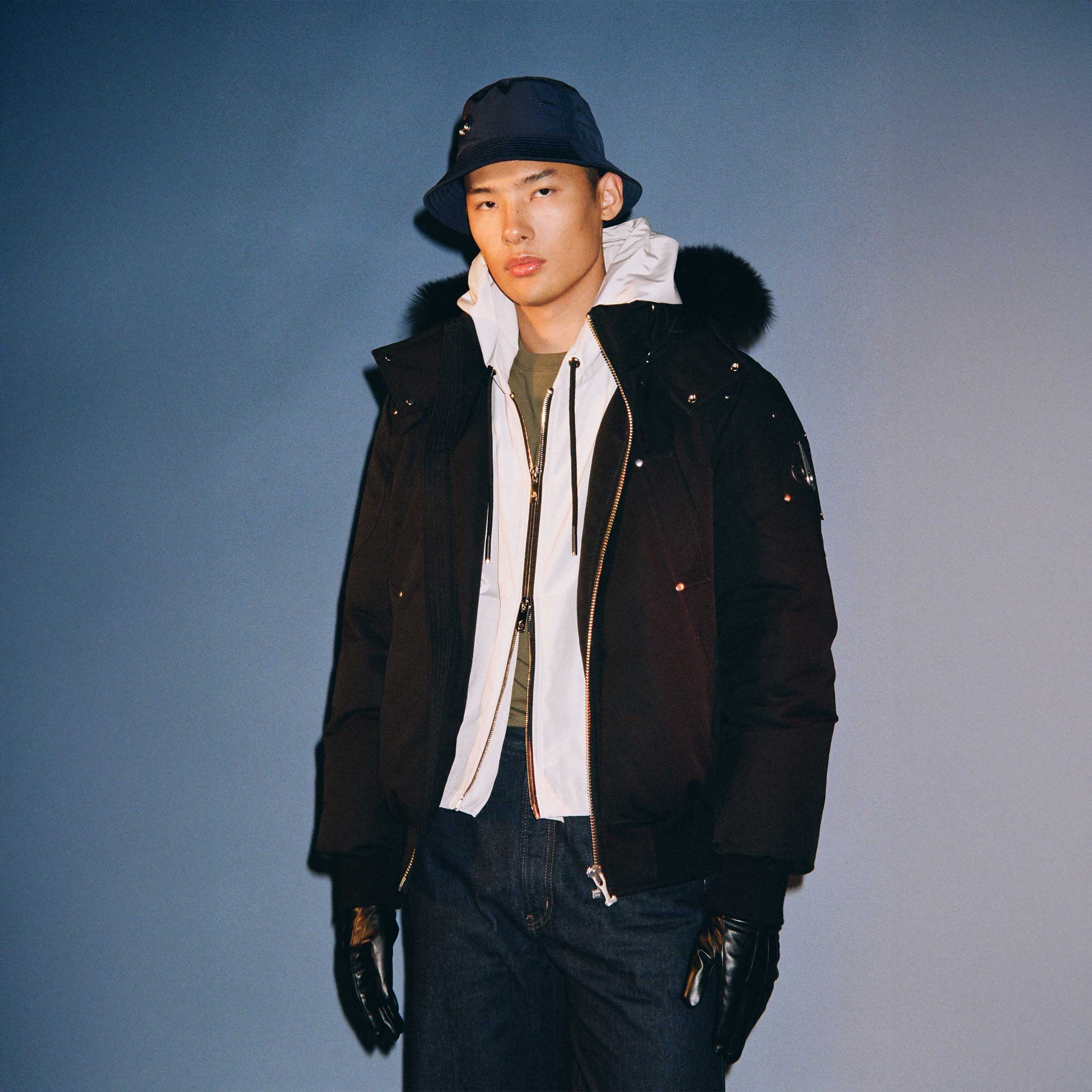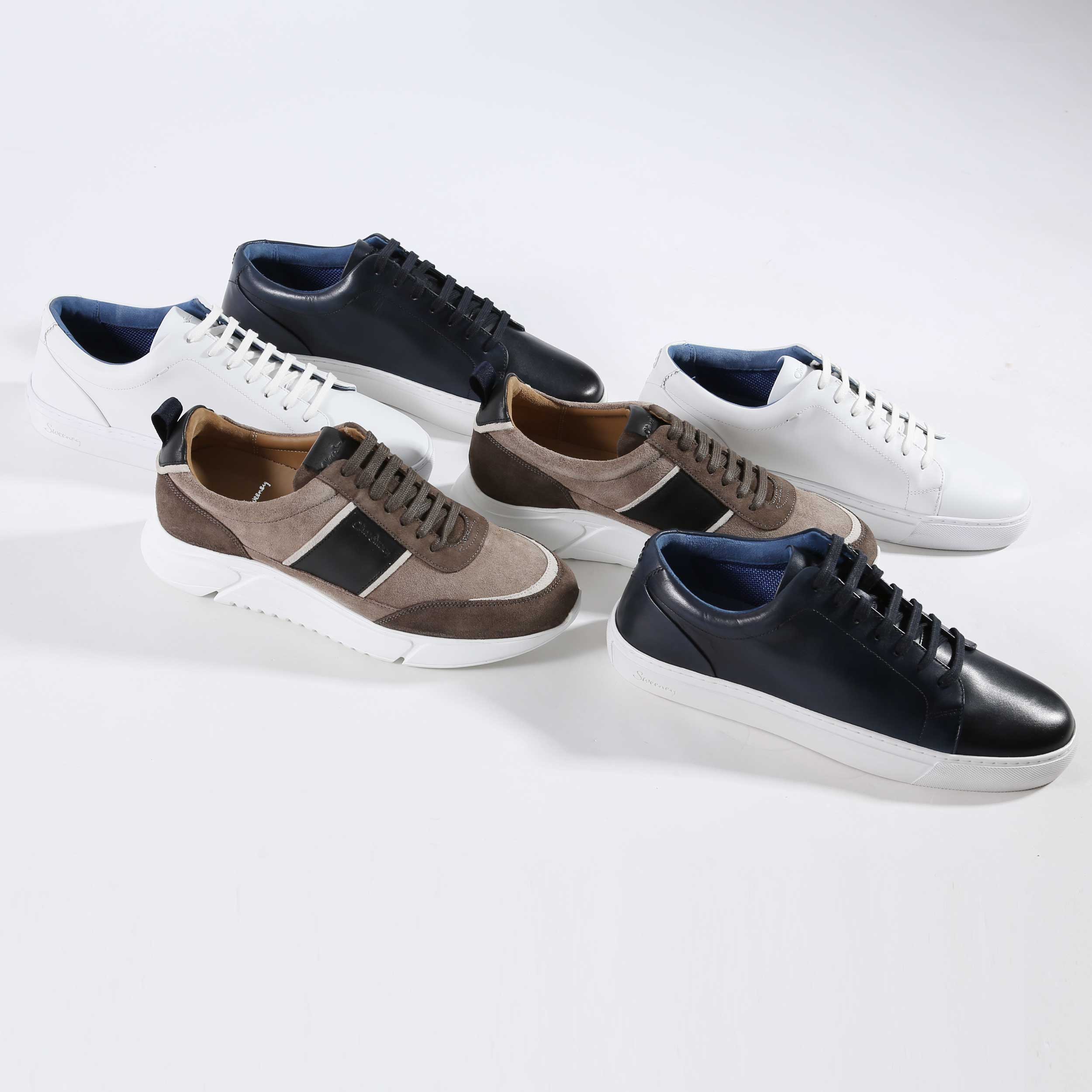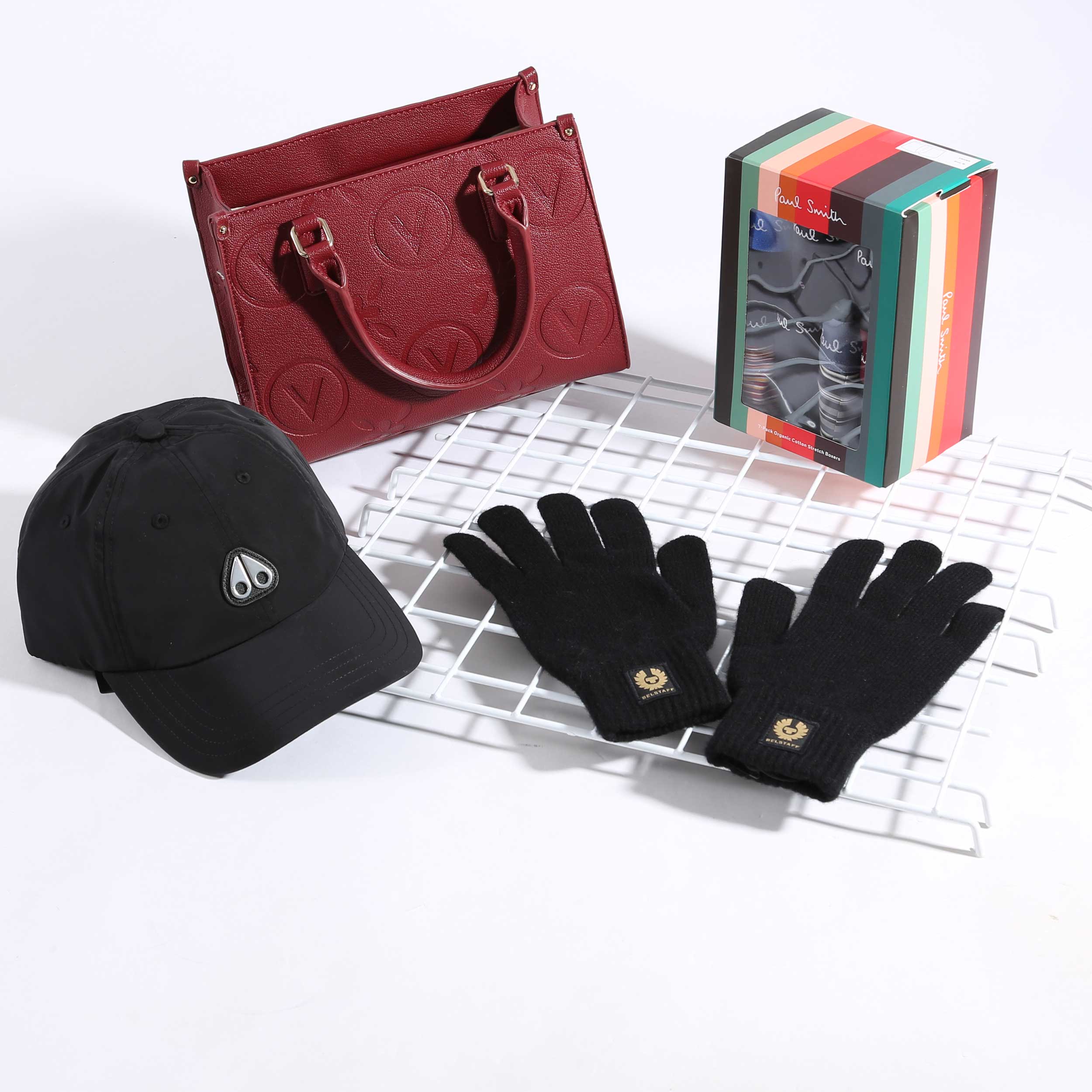Sustainable Fashion Practices at J.Lindeberg
Overview
J.Lindeberg is leading the sustainable fashion movement by combining stylish designs with ethical production practices, eco-friendly materials, and innovative techniques. The brand focuses on transparency in its supply chain, promotes conscious consumerism, and actively engages in water conservation initiatives. Through partnerships and community support, J.Lindeberg aims to reduce environmental impact and inspire responsible consumer choices, setting a standard for future generations in the fashion industry.
Frequently Asked Questions
1. What is J.Lindeberg's approach to sustainability in fashion?
2. How does J.Lindeberg ensure ethical production practices?
3. What types of materials does J.Lindeberg use for its sustainable clothing?
4. How does J.Lindeberg promote conscious consumerism?
5. What initiatives does J.Lindeberg have for reducing water usage?
In today's world, sustainability is more than just a buzzword; it’s a necessity. As the fashion industry faces increasing scrutiny over its environmental impact, brands are stepping up to make meaningful changes. One such brand leading the charge is J.Lindeberg. Renowned for its stylish designs and quality craftsmanship, J.Lindeberg combines fashion with responsibility, showcasing sustainable practices that benefit both the planet and consumers. In this article, we will explore the sustainable fashion practices at J.Lindeberg and how they are transforming the industry.
The Shift Towards Sustainable Fashion
Gone are the days when the fashion industry could operate without accountability. Today’s consumers are more informed and actively seek brands that prioritize environmental and social responsibility. The unfortunate reality of fast fashion has prompted a call for a more sustainable approach, and J.Lindeberg is answering that demand. Sustainable fashion isn’t simply about creating eco-friendly apparel; it involves adopting ethical practices across the entire supply chain.
Commitment to Ethical Production
At the heart of J.Lindeberg's philosophy is a commitment to ethical production practices. This means ensuring fair wages, safe working environments, and respecting labor rights throughout the supply chain. By partnering with factories that share these values, J.Lindeberg not only creates quality garments but also supports the communities that produce them.
Fair Labor Practices
Understanding the importance of fair labor practices, J.Lindeberg works diligently to ensure that all workers involved in the manufacturing process are treated with respect and dignity. The brand actively audits its suppliers, enforcing strict guidelines to foster a culture of transparency and accountability.
Eco-Friendly Materials Selection
One of the most significant ways J.Lindeberg embraces sustainability is through its choice of materials. The brand opts for eco-friendly fabrics, including organic cotton, recycled polyester, and Tencel, which have a lower environmental impact compared to conventional options. By actively sourcing sustainable materials, J.Lindeberg reduces its carbon footprint and conserves natural resources.
Why Organic Cotton Matters
Organic cotton is a standout choice for sustainable fashion brands. Unlike conventional cotton, which is often grown with harmful pesticides and fertilizers, organic cotton is cultivated using eco-friendly farming practices. J.Lindeberg's incorporation of organic cotton in its garments, including offerings like the J.Lindeberg Klas Polo Shirt, illustrates its commitment to sustainability while providing customers with high-quality products.
Innovative Production Techniques
Innovation is at the forefront of J.Lindeberg's sustainability strategy. The brand employs cutting-edge production techniques that reduce waste and enhance efficiency. Techniques such as digital printing and 3D prototyping limit excess material use, allowing for more precise manufacturing processes.
The Role of Technology in Sustainable Fashion
In an era where technology significantly shapes industries, J.Lindeberg embraces tools that facilitate sustainable practices. For instance, data-driven approaches help the brand analyze consumer demand, ensuring that only what is needed is produced. This not only cuts down on waste but also aligns production with actual market needs.
Conscious Consumerism
J.Lindeberg champions conscious consumerism by encouraging customers to make informed choices. The brand educates its audience about the environmental impacts of their purchases and promotes a mindset geared towards quality over quantity. By investing in timeless pieces rather than fleeting trends, customers can not only elevate their wardrobes but also migrate towards a more sustainable fashion future.
Quality Over Quantity
Investing in versatile, high-quality clothing, like the J.Lindeberg Klas Polo Shirt, allows consumers to create a capsule wardrobe that stands the test of time. This mindful approach to shopping not only helps in reducing waste but also supports the philosophy of slow fashion—a necessary shift in today’s fast-paced world.
Reducing Environmental Impact
J.Lindeberg takes proactive measures to minimize its environmental footprint. The brand has set ambitious goals, targeting a reduction in greenhouse gas emissions and an increase in the use of renewable energy across production facilities. Committing to responsible environmental practices enhances J.Lindeberg's efforts in crafting sustainable fashion.
Water Conservation Initiatives
Water scarcity is a pressing issue that the fashion industry must address. J.Lindeberg is aware of this challenge and implements water conservation initiatives throughout its manufacturing processes. These initiatives include reducing water usage in dyeing, recycling wastewater, and adopting technologies that minimize water consumption.
Long-lasting Relationships with Suppliers
Establishing sustainable fashion practices requires strong partnerships. J.Lindeberg fosters long-lasting relationships with its suppliers, ensuring that they share the brand’s dedication to sustainability. This collaboration aids in creating a reliable supply chain that aligns with ethical standards and promotes environmental stewardship.
Collaborating for a Sustainable Future
Sustainability is a team effort. J.Lindeberg engages with suppliers, industry organizations, and environmental groups to share knowledge and best practices, facilitating a broader movement towards sustainability in fashion. By collaborating with like-minded entities, J.Lindeberg amplifies its impact on the industry and positions itself as a pioneer in sustainable fashion.
Transparency in Supply Chain
Transparency is critical in building trust with consumers. J.Lindeberg openly shares information about its supply chain, allowing customers to understand where and how their products are made. This commitment to transparency not only highlights the brand’s integrity but also empowers consumers to make better-informed choices.
The Importance of Traceability
With increasing consumer awareness of ethical fashion, traceability plays an essential role. J.Lindeberg's initiatives to provide information on sourcing and manufacturing practices enhance its credibility. By tracing the journey of products from raw materials to the final garment, customers can appreciate the sustainability efforts integrated into every piece.
A Culture of Sustainability
The journey toward sustainable fashion requires an organizational mindset that prioritizes environmental and social responsibility at every level. J.Lindeberg fosters a culture of sustainability within its teams, encouraging employees to contribute ideas and solutions to reduce environmental impact. This top-down approach helps in embedding sustainability within the core values of the company.
Employee Education and Engagement
Educating employees about sustainable practices creates a ripple effect throughout the organization. J.Lindeberg invests in training programs that empower individuals to implement eco-friendly practices in their roles. This engagement not only enhances productivity but also nurtures a collective commitment to sustainability.
Giving Back to the Community
True sustainability goes beyond the four walls of a company. J.Lindeberg recognizes its responsibility to give back to the communities it operates in. Through initiatives like local partnerships and charitable donations, the brand supports projects that enhance social welfare and environmental protection, reinforcing its commitment to creating positive change.
The Role of Corporate Social Responsibility
Corporate social responsibility (CSR) is integral to J.Lindeberg’s identity. By actively participating in community development and environmental conservation projects, the brand demonstrates that sustainability extends far beyond the products it sells. Committed to being part of the solution, J.Lindeberg reinforces that fashion can indeed be a force for good.
Positive Impact on Consumer Choices
J.Lindeberg’s dedication to sustainability not only influences the brand itself but also inspires consumers to think critically about their fashion choices. By providing stylish, eco-friendly options, including celebrated items like the J.Lindeberg Klas Polo Shirt, the brand encourages customers to embrace sustainable fashion and make responsible purchases.
The Influence of Social Media
In a digital age, social media plays a crucial role in shaping public perception. J.Lindeberg leverages platforms to engage with its audience, showcasing the impact of sustainable practices and sharing success stories. Through authentic narratives, the brand cultivates a loyal community of consumers passionate about sustainable fashion.
Leading the Charge for Future Generations
As the fashion landscape evolves, J.Lindeberg stands at the forefront of the move towards sustainability, paving the way for future generations of designers and consumers. By prioritizing ethical practices, eco-friendly materials, and responsible production techniques, the brand serves as a role model within the industry, demonstrating that it is possible to merge style with sustainability.
Embracing these principles not only appeals to conscious consumers but also fosters an enduring legacy for J.Lindeberg in the fashion world. As we continue to navigate the challenges posed by environmental issues, the lessons learned from J.Lindeberg’s sustainable practices will undoubtedly inspire others to join the movement and make a positive impact on the planet.





